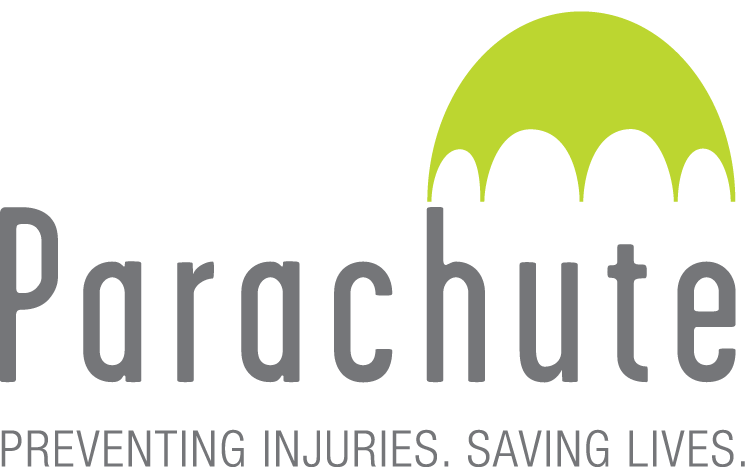Canadian Injury Prevention Resource
Canadian Injury Prevention Resource
Free shipping. (Ships within Canada only.)
The Canadian Injury Prevention Resource is the definitive evidence-informed guide to injury prevention in Canada. With contributions from sixty-one authors, this resource covers a wide range of topic on injury in the Canadian context.
Contents
Section 1: Introduction
This section provides an overview and describes the need for an injury prevention resource within the broader public health context in Canada. In this introductory section, the successes and challenges in the field of injury prevention in Canada are discussed, the relationship between unintentional and intentional injury are presented, and the burden of injury in Canada are described.
1.1 The Journey To Date: The Canadian Context
1.2 Bridging the Gap Between the Prevention of Intentional and Unintentional Injuries
1.3 The Burden of Injury
Section 2: Canadian Evidence-Informed Practice Model
This section covers the Canadian Good Practice Model, which is a model that describes how to identify community injury issues, address priority issues, and develop, implement and evaluate injury prevention programs. Case studies are used throughout this section to illustrate the use of the Model.
2.1 The Public Health Approach
2.2 The Injury Prevention Spectrum and the 3 E’s
2.3 Steps in the Public Health Approach to Injury Prevention
2.3.1 Surveillance: Defining the Problem
2.3.2 Identifying Risk and Protective Factors
2.3.3 Selecting or Designing an Intervention
2.3.4 Program and Policy Implementation
2.3.5 Evaluation and Monitoring
2.4 The Political and Social Context of Injury Prevention Practice
2.5 Engagement
Section 3: Key Determinants of Injury
This section describes the influence of the determinants of health on injury, and the mechanisms of injury.
3.1 Socioeconomic Status
3.2 Education and Literacy
3.2.1 Risk Perception and Risk Mitigation
3.3 Employment and Working Conditions
3.4 Social Environment
3.5 Physical and Built Environments - Introduction
3.5.1 Housing
3.5.2 Care Settings
3.5.3 Street Design
3.5.4 Rural Environment
3.5.5 Outdoor Play Environments
3.6 Healthy Child Development
3.6.1 Rights of the Child
3.6.2 Resiliency
3.6.3 Childhood and Adolescence
3.6.4 Youth
3.7 Biological and Genetic Endowment
3.7.1 Physics of Injuries
3.7.2 Older Adults
3.8 Gender
3.8.1 Hypersexualization
3.9 Health Services - Access to Trauma Care
3.10 Culture
3.10.1 New Canadians
3.10.2 Aboriginal Peoples
Section 4: Injury Topics and Emerging Trends
This section focuses on specific injury topics written by leading Canadian experts. These experts provide brief overviews of each injury topic and highlight the current state of evidence regarding interventions wherever possible. These overviews are meant to be a starting point to understanding specific injury issues, and are not meant to be used as the only source of evidence.
4.1 Agricultural Injuries
4.2 Transport Injuries
4.3 Poisoning
4.4 Falls
4.4.1 Older Adults
4.4.2 Children
4.5 Suicide/Self-Harm
4.6 Violence
4.7 Alcohol
4.8 Concussion
4.9 Drowning
4.10 Burns
4.11 Sports and Recreation
4.12 Workplace
Edited by Ian Pike, Ph.D., Sarah Richmond, Ph.D., Linda Rothman, Ph.D., and Alison Macpherson, Ph.D.
Published in 2015 by Parachute.
498 pages.

